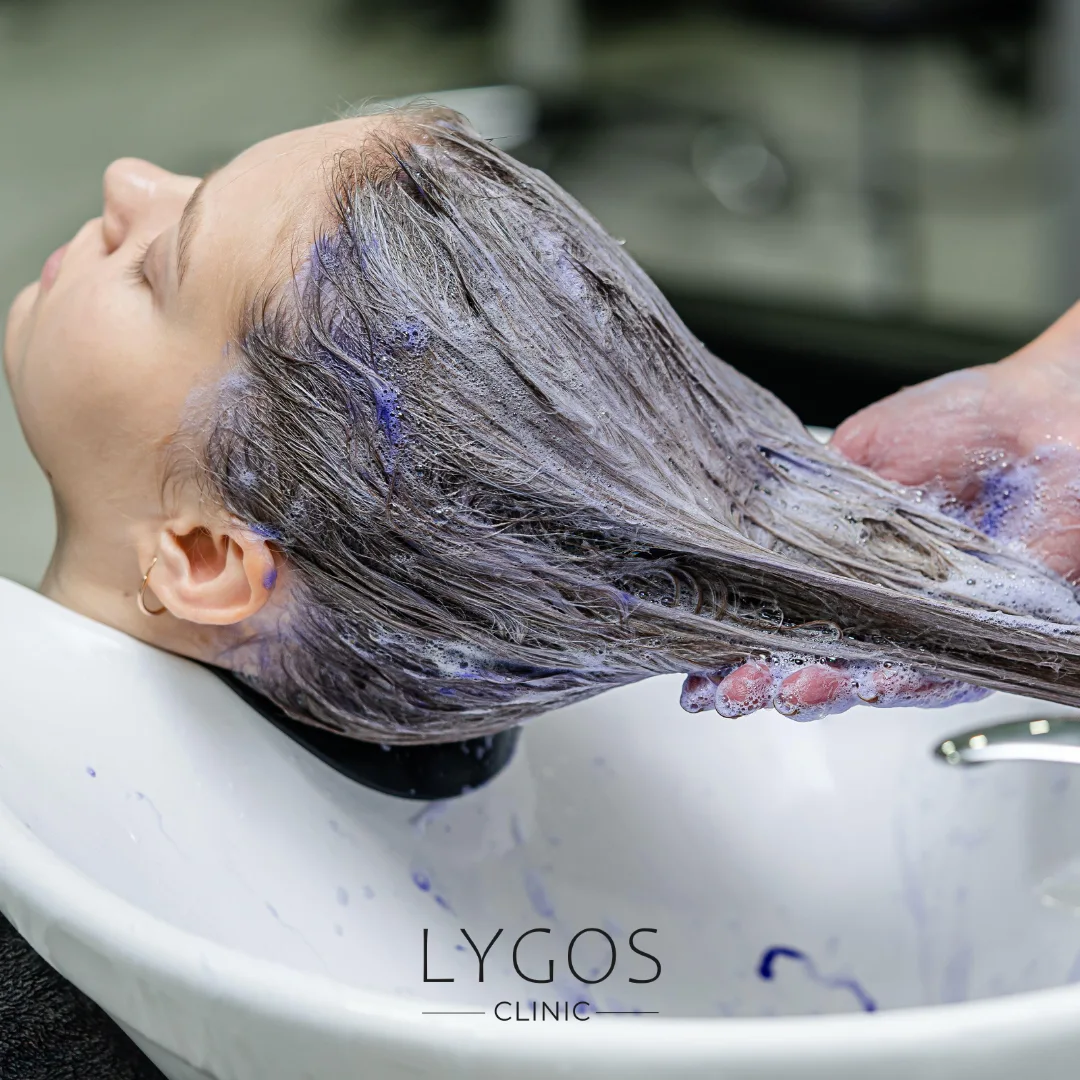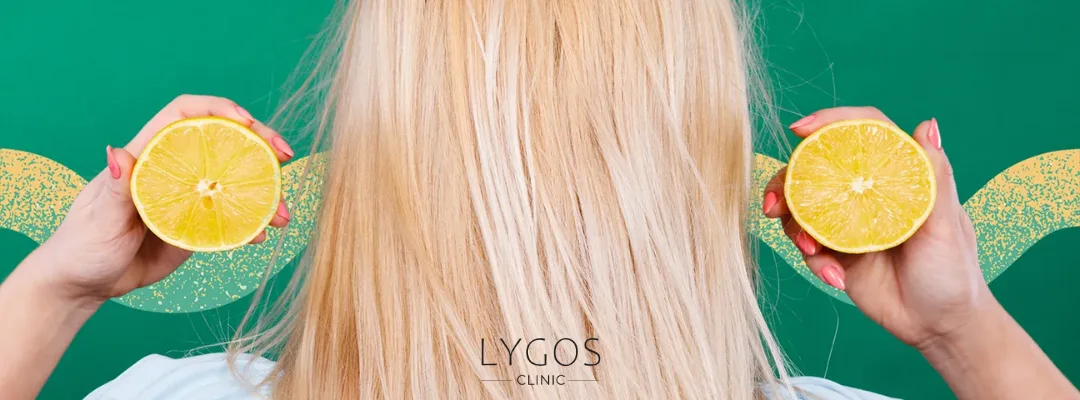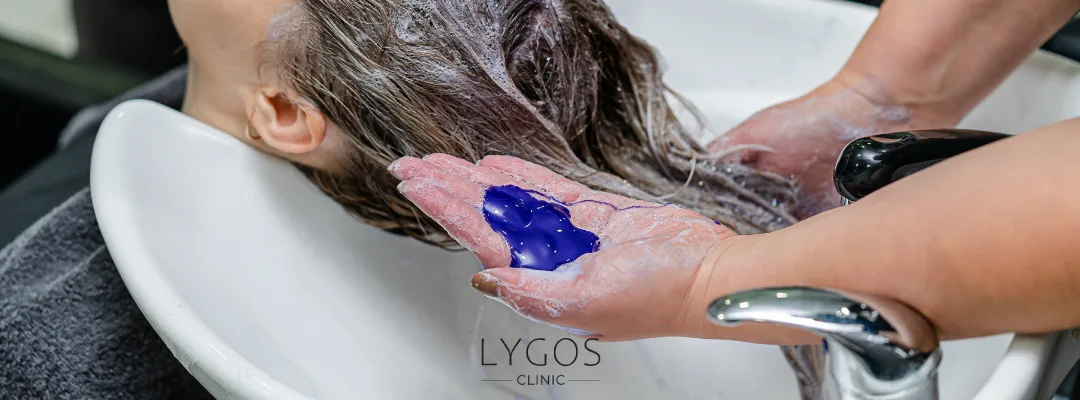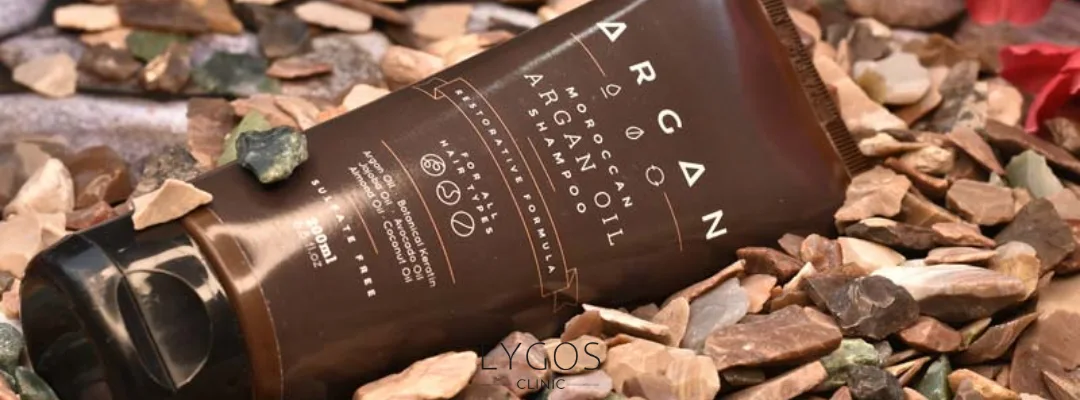Hair Lightening Methods

Chose Your Topic
Hair Lightening Methods
Even a small change in hair color can make a big difference in appearance. Sometimes, we may want to move from dark tones to a lighter, brighter look. This is exactly where hair lightening methods come into play.
Whether you apply them at home with natural ingredients or use professional products, knowing the correct steps can help you lighten your hair by a few shades without damaging it.
In this article, you will find the most effective hair lightening methods, from natural DIY formulas to salon-type products, as well as tips for post-treatment care.
How to Lighten Hair
The basic principle of hair lightening is reducing the melanin pigment in the hair or oxidizing it to make the color lighter. Professionals usually achieve this using oxidizing agents, peroxide, or lightening powders. However, every hair type is different, so not all products produce the same results.
Therefore, it is important to understand your hair’s structure before trying any method. Thick hair may require longer processing time, while fine hair may lighten more quickly.
The process generally consists of these steps:
- 1. Hair analysis and method selection
- 2. Preparation of the mixture
- 3. Sectioning hair evenly and applying the mixture
- 4. Monitoring color change during processing
- 5. Gently washing and moisturizing the hair
If you are trying it at home, proceed carefully and follow each step. Well-informed application of hair lightening methods provides both effective and safe results.

DIY Hair Lightening Methods at Home
You can lighten your hair at home using natural ingredients, but patience and regular application are essential. Here are the most popular DIY hair lightening methods:
- Honey and Cinnamon Mask: Honey contains small amounts of hydrogen peroxide that can naturally lighten hair. Cinnamon adds a pleasant fragrance and shine. Mix 2 tablespoons of honey, 1 tablespoon of cinnamon, and 3 tablespoons of conditioner. Apply to hair and leave for 2–3 hours, then rinse.
- Lemon Juice Lightening: Lemon juice works as a natural lightener when combined with sunlight. However, it can be drying, so be cautious. Dilute lemon juice with water in a spray bottle, apply to hair, and sit in the sun for 30 minutes. Follow with a moisturizing mask.
- Olive Oil Treatment :Olive oil lightens hair while adding softness. Apply pure olive oil to hair on a sunny day and leave for 45–60 minutes. This method gently lightens hair and adds shine.
DIY hair lightening methods are the safest choice for those avoiding chemicals. Regular application is key to seeing results.
Natural Hair Lightening Methods
If you want to avoid chemical products, natural hair lightening methods are ideal. These plant-based treatments lighten hair while nourishing it.
Some effective natural solutions include:
- Chamomile Water: Chamomile is a classic hair lightener. Steep a handful of dried chamomile flowers in boiling water, let it cool, and apply to hair. Sit in the sun for 30 minutes, then rinse. Regular use can lighten hair by a few shades.
- Apple Cider Vinegar Rinse: Apple cider vinegar removes residue and brightens natural hair color. Mix 1 part apple cider vinegar with 6 parts water and use it as a final rinse after shampooing. Hair will appear shinier and lighter in tone.
- Vitamin C Treatment :Crushed vitamin C tablets can help lighten pigmented or dyed hair. Add a few tablets to shampoo and wash hair. Regular use will gradually show noticeable color change.
These natural methods, when applied consistently, offer healthy and long-lasting results.

Lightening Hair with Products
When natural methods are insufficient or fast results are desired, chemical lighteners are used. Professional hair lightening methods give quick results but must be used carefully.
Available products include:
- Bleach Powder : Commonly used by professionals, mixed with oxidizing cream. It can lighten even dark tones by several shades.
- Lightening Creams: More suitable for home use. Gradually lightens hair while providing some care.
- Color-Lightening Shampoos: Gradually lighten hair, smoothing tone transitions. Ideal for maintaining color balance on dyed hair.
When using chemical products, always wear gloves, follow instructions carefully, and monitor hair reaction. Otherwise, elasticity and health may be compromised.
Precautions While Lightening Hair
Hair lightening, whether natural or chemical, requires care. These steps minimize the risk of damage:
- Test Hair Strength: Damaged hair is more sensitive to lighteners. Apply a nourishing mask before treatment.
- Follow Processing Time: Leaving lightener on too long can burn or break hair.
- Perform Allergy Test: Chemical products can irritate skin. Test on your wrist first.
- Avoid Sun and Heat: Lightened hair is more sensitive to sunlight and heat. Use heat protection sprays.
- Maintain Moisture: Use regular moisturizing masks or oil treatments after lightening.
Following these precautions ensures safe and lasting results.

Post-Lightening Hair Care
Lightening is just the first step; proper care afterward is essential because lightened hair is more fragile.
- Use Moisturizing Products : Choose sulfate-free shampoos with argan or coconut oil. Apply a deep conditioning mask twice a week.
- Use Color-Protecting Shampoo : Protects lightened hair and prolongs color.
- Wash with Lukewarm Water Hot water strips moisture. Lukewarm or cool water maintains shine.
- Reduce Heat Styling: Flat irons and curling irons weaken lightened hair. Use heat protection sprays if needed.
- Trim Regularly: Removing split ends keeps hair healthy and strong.
A proper care routine preserves the results of hair lightening for longer.
Lightening hair can make a dramatic difference and highlight personal style. Whether using natural mixtures at home or professional products, the right hair lightening methods can give you bright, vibrant, and healthy hair.
Remember: patience, care, and the right products are the keys to success.
Hair Lightening Methods Frequently Asked Questions (FAQ)
Yes, especially with chemical lighteners, hair can become fragile and dry. Natural methods and proper care minimize damage.
Using natural ingredients at home is generally safe. Honey, chamomile, and lemon juice can lighten hair gently. For chemical products, follow instructions carefully.
Lightened hair is fragile. Use moisturizing masks, heat protection products, sulfate-free shampoos, and trim regularly.
Fine, light-colored hair lightens faster. Thick or dark hair may require multiple applications. Hair’s moisture and strength should be assessed before treatment.



